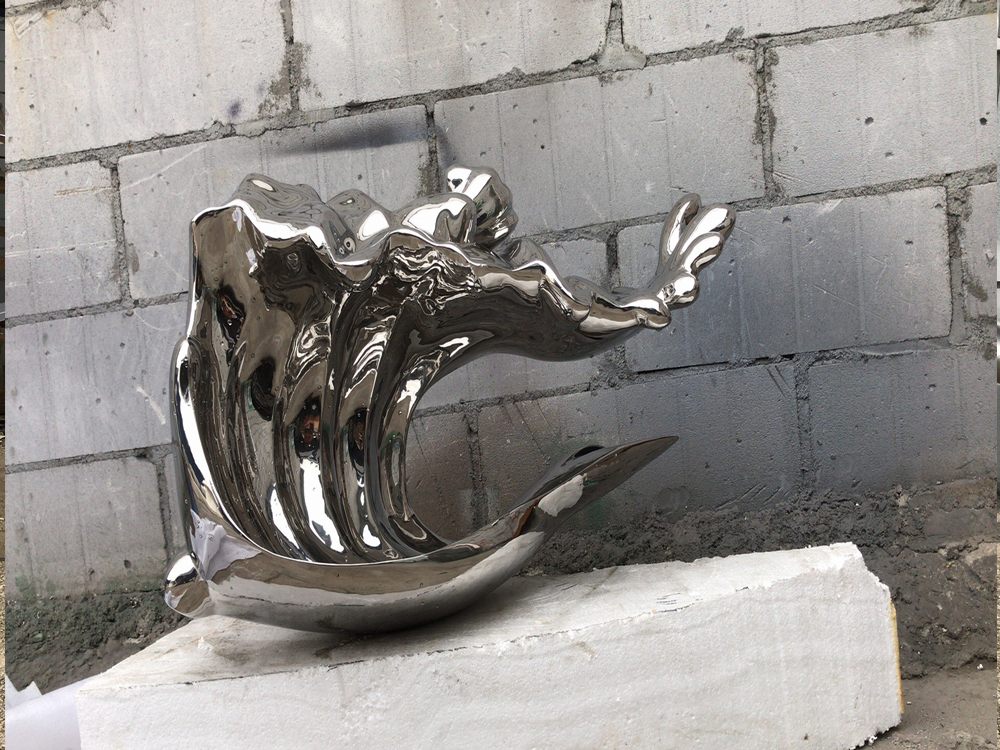
Bronze sculptures have long been admired for their durability and timeless beauty, but their true magic often lies in how they interact with architectural surroundings. Artists employ a meticulous process to ensure these sculptures not only stand out but also harmonize with the structures around them.
The journey begins with conceptualization. Artists study the architectural environment—its lines, materials, and purpose—to design a sculpture that complements or contrasts meaningfully. Sketches and 3D models help visualize how the piece will interact with light, space, and viewer perspectives.
Next comes the sculpting phase. Many artists start with clay or wax to create a detailed maquette, refining proportions and textures to suit the architectural context. This model is then used to make a mold for bronze casting. The lost-wax technique, a centuries-old method, is often employed to ensure precision and intricate detailing.
Once cast, the sculpture undergoes finishing processes like patination, where chemicals are applied to achieve desired colors and textures. This step is crucial for ensuring the bronze piece resonates with the architectural palette—whether it’s a modern glass facade or a historic stone building.
Finally, installation is key. Artists collaborate with architects and engineers to position the sculpture for optimal interaction. Factors like sightlines, shadows, and spatial flow are considered to create a dynamic relationship between art and architecture.
Through this thoughtful process, bronze sculptures transcend mere decoration, becoming integral elements that elevate and redefine their surroundings.

